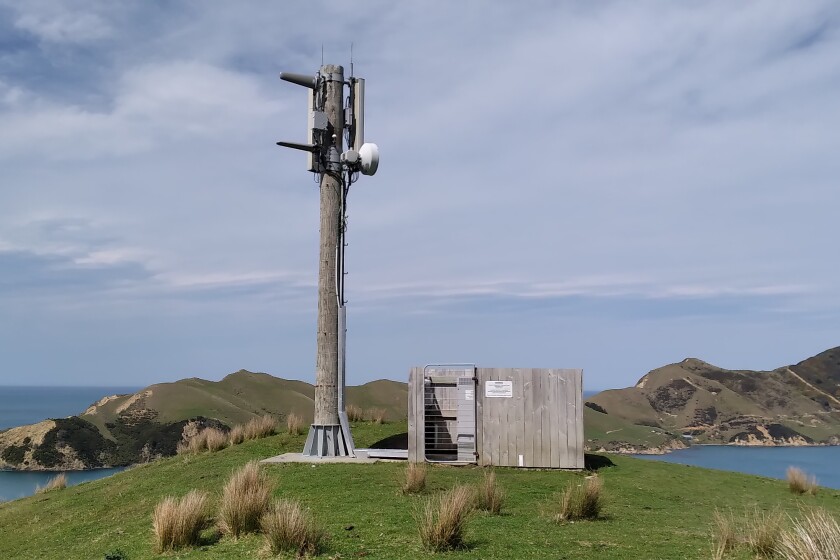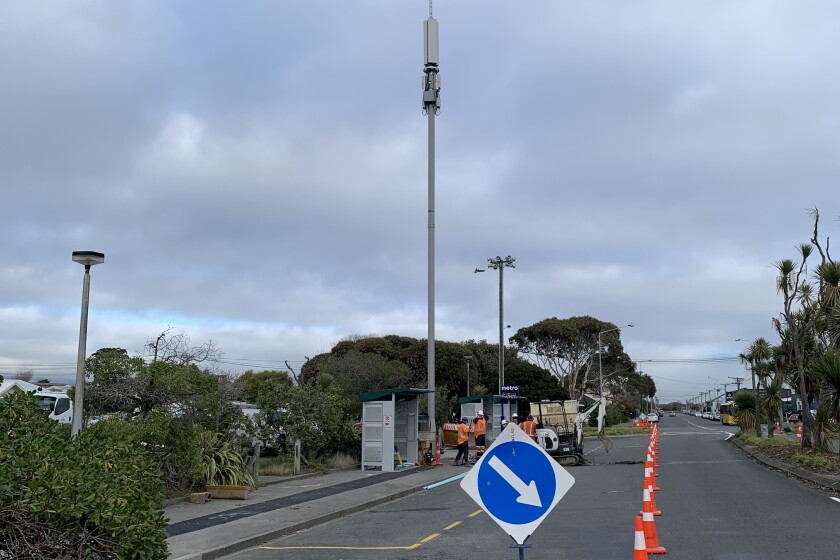Poor or non-existent cellular coverage can be life-threatening in emergency situations, and Vodafone Group’s New Technologies and Innovation Manager Antonio Oliver’s team is hard at work on how to change that.
“Better coverage is possible if one removes natural obstacles to the signal, such as buildings, trees, hills and mountains. Vodafone Group’s New Technologies and Innovation team has been experimenting in the hills of northern Andalucía with mobile relays mounted on a drone,” Antonio said.
The relays are based on a specially adapted CrowdCell, because using that technology means there’s no need to modify the cellular radio network to extend the cellular coverage. Using the Elistair tethering system to supply power, the drone was able to hover in position at up to 80 metres above ground level for periods of over a day.
“In some areas, our ‘Flying CrowdCell’ delivered 4G coverage of up to 3 Megabits per second where before there was none. It can also connect local users without the need to route the call through the main macro network and is able to offer video streaming for surveillance purposes.
“The effectiveness of drones for supporting mobile connectivity will always depend on the local terrain, but we intend to develop it further for use by the emergency services in remote locations,” Antonio added.




